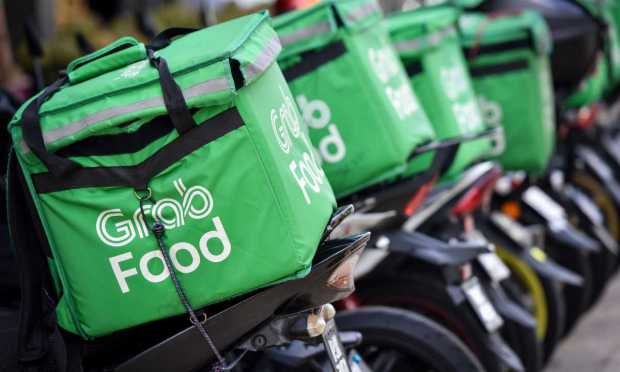Grab: Off-Peak Discounts Maintain Food Delivery Demand Amid Inflation

As food prices rise around the world, Singapore-based Southeast Asian super app Grab is looking to maintain demand for its restaurant delivery offerings while simultaneously boosting the labor economics by shifting spending to off-hours, incentivizing orders at slow periods with discounts.
Grab CEO and Co-founder Anthony Tan told analysts on a call Thursday (Aug. 25) discussing the company’s second-quarter 2022 financial results that the company has “introduced differentiated delivery time windows,” offering customers a “cheaper delivery fee” at off-peak times. Still, the company has observed that demand for food delivery has been on the decline and expects the same in the following quarter.
In the United States, players in the food delivery space are looking to drive off-hours ordering as well, to counteract the trend of aggregators being swamped with orders during mealtimes, straining capacity, and then experiencing lulls at all other times of day. For instance, virtual restaurant company Nextbite is approaching the issue not by offering off-peak discounts but by designing menus to appeal to consumers’ off-hour food preferences.
“With IHOP, for example, they’re 24/7 at the majority of their locations, but they’re really busier in the mornings than they are at night,” Nextbite CEO Alex Canter told PYMNTS’ Karen Webster in a May interview. “So, we’ve designed two concepts for them: a grilled cheese concept and a quesadilla brand that is performing exceptionally well from 9 p.m. to 5 in the morning.”
See also: How a 91-Year-Old LA Deli Inspired the Launch of Next-Gen Virtual Kitchen Concepts
For Grab, the softening in overall restaurant ordering has led to an uptick in grocery demand, as the super app has seen in its grocery delivery business.
“Customers want to save money,” Tan said. “By not only ordering food delivery, they may actually show a preference to order groceries to cook for themselves, and we have that on our platform.”
As aggregators around the world face stiff competition from rival players, Grab has seen success with the increasingly popular subscription model, driving loyalty with customers by offering them free delivery for a set monthly fee. Tan noted that the average number of food transactions from Grab subscribers was “more than double” the average for their non-subscriber counterparts.
In the United States, leading aggregators are leveraging a similar strategy. DoorDash has its DashPass, Uber has its Uber One cross-vertical membership offering, Grubhub has Grubhub+ and Instacart has Instacart+.
However, the United States has no real analog for a super app like Grab. Uber may come closest, offering mobility and delivery services, but Grab offers these as well as financial services. Yet, many consumers would like just such an app.
According to research from PYMNTS’ study The Connected Consumer in the Digital Economy: How US Consumers Define the Super App, 67% of consumers, or 173 million people, want an app that manages their digital activities, while another 11% want an app that manages their entire digital lives.
Get the study: The Connected Consumer in the Digital Economy
